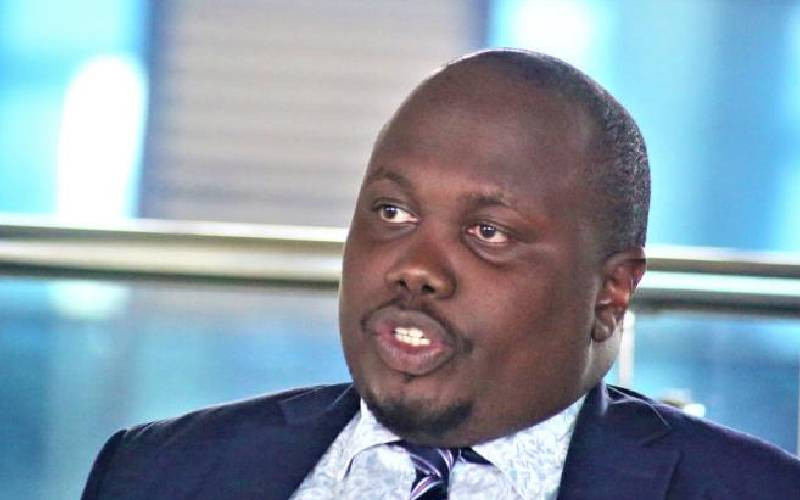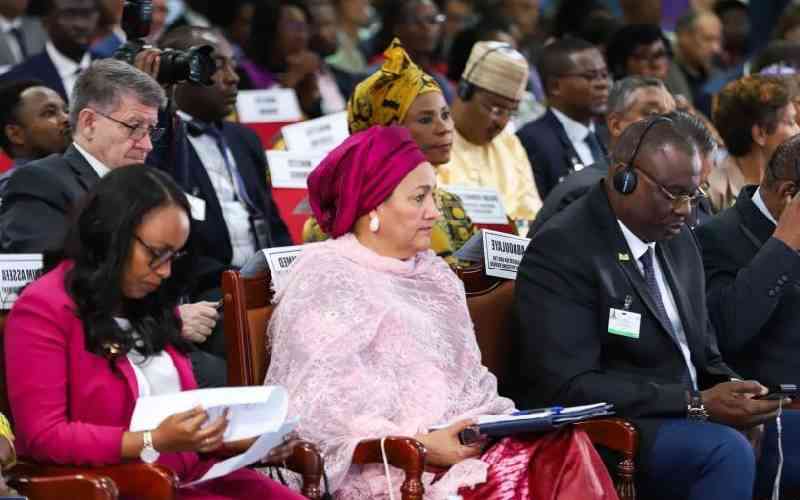
During a recent meeting with Jubilee MCA’s in Nakuru, President William Ruto revealed the great pressure that public debt is exerting on Kenya’s economy. Out of every Sh10 collected in revenue, Sh7 are swallowed up by debt service costs, and the remaining Sh3 are stretched to cater for devolution, civil servant’s salaries and development expenditure.
The President proposed that the country’s debt situation should be flipped whereby out of every Sh10 collected, only Sh3 should be spent on debt service and Sh7 on public services. If such a transformation were to be achieved, a great burden would be lifted off the economy and Kenya would be primed for real economic take-off. However, as it currently stands, the debt burden has forced Kenyans to adopt to an impossible economic situation in the same way Freud says that men accept the reality principle – as something harsh, grim and essentially unattractive.
Many ask how Kenya found itself in such a precarious situation. Several factors contributed to this. There was an abundance of loans from China which could be tapped to close the infrastructure gap across many African countries. The prevailing idea at the time was that any attempt to open up the continent presented a win-win scenario for both African countries as well as China which was keen on expanding its own Belt and Road initiative.
Secondly, the low interest rate environment that existed about a decade ago, encouraged Kenya to tap into the Eurobond market for additional funding. In theory, Kenya could have continued chugging along with this additional debt, but the Covid pandemic introduced a new complexity that greatly altered the economic landscape in ways that had not been thought possible.
On the one hand, Covid restrictions on movement meant reduced economic activity and lower revenue collection by the government. On the other hand, rising interest rates and a dollar rally meant that Kenya’s public debt became significantly heavier.
There are three bold measures the government can take to resolve the public debt challenge. The one is to treat it a national problem and not a “Treasury problem” in much the same way that the Covid-19 was a national crisis and not a “Ministry of Health crisis”.
In so doing, the various economic actors ranging from policymakers, academics, private sector, civil society, donor community and all other relevant groups will be brought together to consider a variety of policy proposals and adopt those that are most appropriate for Kenya. During the Kibaki administration, the National Social and Economic Council was useful in ensuring policies benefited the common good.
Secondly, there needs to be a clear understanding that consumption is the key factor that drives an economy. The aggregate demand for goods and services is the bulwark that anchors economic growth and prosperity. Consumption taxes only serve to weaken demand leading to slower economic activity and ultimately lower tax revenue for government. What Kenya badly needs is a new tax policy that incentivises production. As companies produce more, they hire more people which leads to a larger tax base.
Mr Gichinga is the Chief Economist at Mentoria Economics
 The Standard Group Plc is a
multi-media organization with investments in media platforms spanning newspaper
print operations, television, radio broadcasting, digital and online services. The
Standard Group is recognized as a leading multi-media house in Kenya with a key
influence in matters of national and international interest.
The Standard Group Plc is a
multi-media organization with investments in media platforms spanning newspaper
print operations, television, radio broadcasting, digital and online services. The
Standard Group is recognized as a leading multi-media house in Kenya with a key
influence in matters of national and international interest.
 The Standard Group Plc is a
multi-media organization with investments in media platforms spanning newspaper
print operations, television, radio broadcasting, digital and online services. The
Standard Group is recognized as a leading multi-media house in Kenya with a key
influence in matters of national and international interest.
The Standard Group Plc is a
multi-media organization with investments in media platforms spanning newspaper
print operations, television, radio broadcasting, digital and online services. The
Standard Group is recognized as a leading multi-media house in Kenya with a key
influence in matters of national and international interest.









